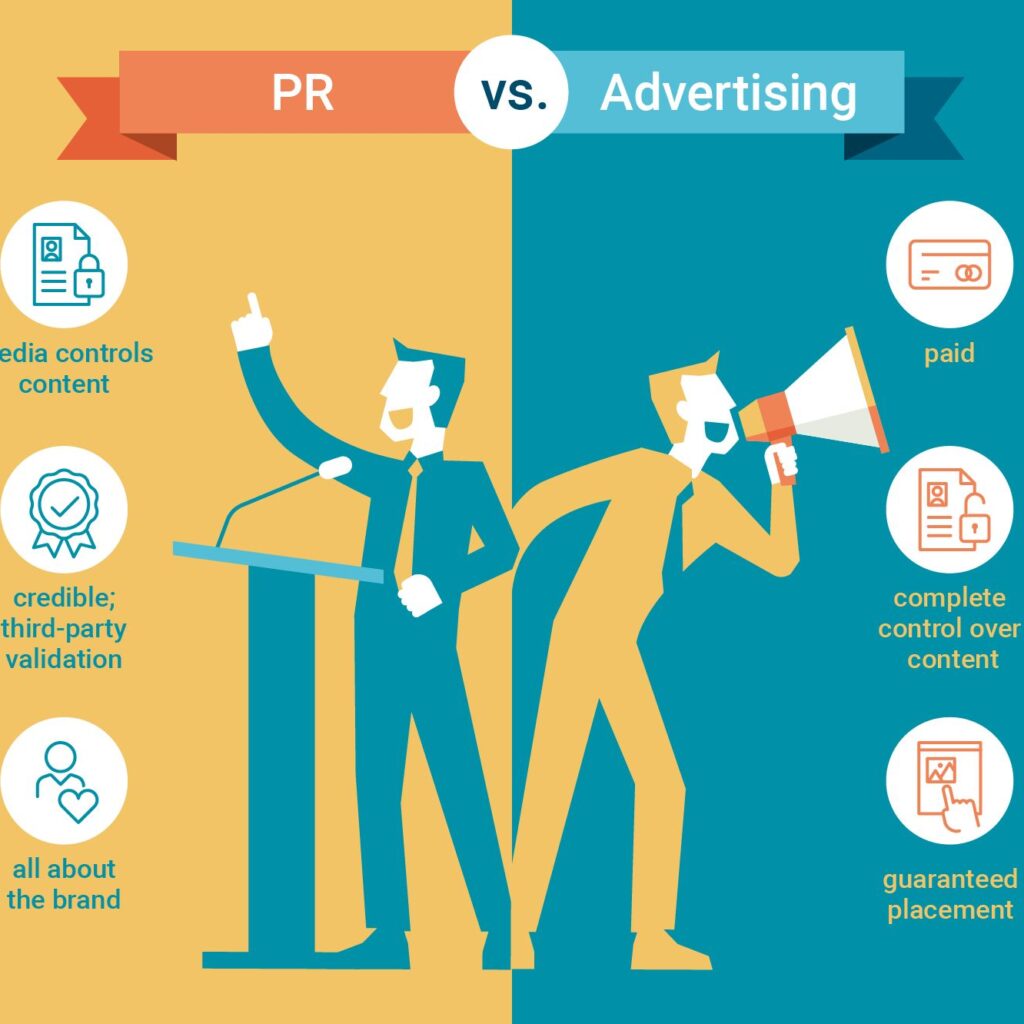TRADITIONAL MARKETING
Introduction to Traditional Marketing
Definition of Traditional Marketing
Traditional marketing is any marketing strategy that reaches a target audience through offline media. This encompasses media platforms like print, broadcast, outdoor, direct mail, and telephone marketing. The age-old practise of traditional marketing still works wonders for reaching a wide audience nowadays. It is frequently used to increase brand recognition and produce leads. Traditional marketing refers to established practises and tactics that companies have employed to advertise their goods and services for many years. These strategies use offline channels and a variety of techniques to connect with and interact with prospective clients.
Traditional marketing has a long history that dates back to early civilizations and has seen tremendous evolution.
Traditional Marketing History
Ancient civilisations including the Egyptians, Greeks, and Romans are thought to have been the first to use marketing techniques. These pioneering entrepreneurs promoted goods and services using affordable methods of advertising like town criers, signs, and word-of-mouth.
Marketing underwent a revolution when Johannes Gutenberg created the printing press in the 15th century. This innovation made it possible to produce printed materials like pamphlets and posters in large quantities for use in advertising goods and occasions.
Manufacturing and distribution underwent a dramatic change throughout the Industrial Revolution. large marketing became necessary as a result of large production of goods. To reach a wider audience, businesses started utilising print media like newspapers and magazines.
Advertising companies started to emerge as marketing became more complex. These firms assisted companies in planning and carrying out their advertising strategies. N.W. Ayer & Son became the country’s first acknowledged advertising firm in 1869.
New advertising mediums were introduced with the introduction of radio in the early 20th century and television subsequently. These platforms made it possible for companies to advertise and fund programmes to enormous audiences.
During the 20th century, catalogue marketing, particularly direct mail, gained popularity. Direct mailers from businesses were sent to customers’ mailboxes.
During the middle of the 20th century, as more people started to travel by car, the use of billboards and outdoor advertising, such as transit advertisements and roadside signage, became more common.
The development of telemarketing as a marketing tactic occurred in the second part of the 20th century. Calling prospective clients helped businesses market their goods and services.
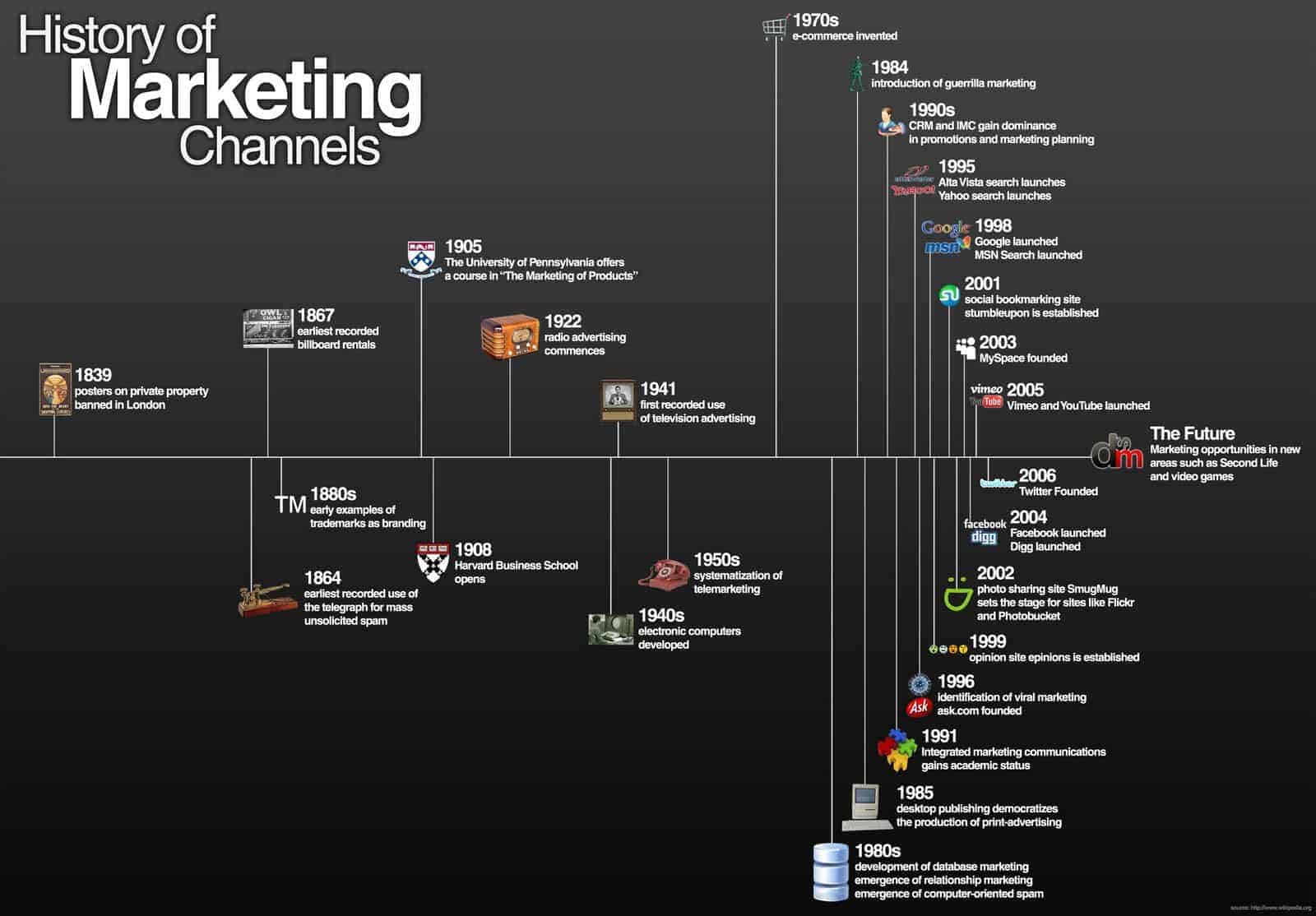
Traditional Marketing Channels
Traditional marketing channels are well-established, non-digital venues and methods used by companies to advertise their goods or services to target audiences. Although these channels have been around for a while, they are still effective for certain target demographics and sectors. Following are a few typical traditional marketing avenues:
Print Advertising
Making and dispersing printed promotional materials is still a tried-and-true marketing tactic known as print advertising. This strategy can be applied to a variety of media, such as billboards, magazine spreads, posters, and newspaper ads. Print advertising is a crucial part of marketing plans because it gives companies a concrete means to interact with their target market. In this varied environment, advertisements in newspapers, magazine spreads, posters, and billboards all have a place. Print media offers the opportunity for imaginative messaging and design that may be customised for particular publications or locales. They provide a persistent presence that enables viewers or bystanders to interact with the content at their own speed. Additionally, print advertisements can strengthen a brand’s credibility, particularly when they appear in reputable periodicals. Print advertising still competes with digital advertising in targeting local audiences and older groups, serving as a useful supplement to contemporary marketing initiatives.
Newspapers
Newspapers continue to be an effective conventional marketing medium, especially for companies looking to engage with a local or regional clientele. They are an excellent option due to their local presence and capacity to target particular populations. Newspaper advertisements improve a company’s reputation by having a reputation for trustworthiness.
Additionally, because of their higher print quality, longer shelf lives, and adaptable ad formats, businesses have a variety of options to meet their advertising objectives and budgets. In the various media environment of today, including newspapers in a marketing plan along with digital platforms can help companies increase their visibility, authority, and brand awareness in their target communities.
In conclusion, newspapers continue to be important in traditional marketing despite the changing media landscape, especially for companies with regional or localised goals. Newspapers may assist companies in establishing exposure, trust, and brand recognition within their target areas when included in a holistic marketing strategy along with digital platforms, eventually boosting their marketing success.


Magazines
With magazines, businesses have the advantage of effectively targeting niche groups as part of a strong traditional marketing plan. Magazines are the perfect medium for showcasing goods and services in a visually appealing and original way because of their capacity to thoroughly engage readers and their reputation for high-quality images and information. Magazines offer extended exposure for advertisements and have a longer shelf life than many other print media, making them appropriate for companies with longer sales cycles. Additionally, opportunities for editorial integration and cross-promotion as well as reader credibility and confidence in magazines all improve a company’s image and reputation. Magazines continue to be a reliable and interesting medium in the diversified media environment of today, and when they are included in a comprehensive marketing plan, they may have a considerable impact on customer awareness and brand recognition.
Brochures and Flyers
Flyers and brochures are effective elements of a direct marketing plan because they give companies a practical way to interact with their target market. These marketing materials can successfully communicate the benefits of products or services and elicit action by creating visually appealing designs with clear message and interesting content. Their reach is increased through thoughtful distribution through a variety of channels, such as direct mail, events, or well-chosen positioning. Iterative improvements are made possible through tracking techniques, which help determine their impact. Personalization and adherence to branding consistency foster trust, and constant testing guarantees the direct marketing campaign will perform at its best. To ensure ethical marketing practises, it is essential to maintain compliance with applicable regulatory requirements. In general, reaching and persuading new clients requires the use of brochures and flyers.

2. Broadcast Advertising
Broadcast advertising continues to be a crucial component of marketing strategies, use the power of radio and television to reach a wide range of audiences with persuading messages. Businesses engage viewers and listeners with visually striking TV advertisements and fascinating radio spots that communicate their brand message and encourage customer action. Storytelling and product demonstration are made possible by these platforms’ dynamic audio-visual nature, and effective scheduling increases impact. Broadcast advertising remains effective at reaching large audiences, creating emotional connections with consumers, and enhancing brand recognition despite the growth of digital marketing, making it a crucial component of contemporary advertising campaigns.

TV and Radio
Radio and television continue to be effective weapons in the direct marketing toolbox. Businesses may reach a broader audience with their messaging thanks to these broadcast networks’ extensive reach. Companies may engage viewers and listeners with appealing graphics and persuasive storylines through well-crafted radio ads and commercials. The visual nature of television and the audio storytelling of radio provide exceptional chances to promote goods or services and inspire quick action. The audience might be deeply affected by the employment of memorable jingles, snappy slogans, and captivating stories. Additionally, to maximise their impact, television and radio advertisements might be timed to run during particular occasions or seasons. With the development of digital technology, it is also now possible to track responses, giving important information about how effective these direct marketing initiatives were.
3. Outdoor advertising
Outdoor advertising, which includes a range of formats like billboards, transit advertisements, and street furniture advertisements, is still a powerful and common marketing tactic. These advertisements draw attention throughout daily routines and commutes and become an essential element of the urban environment when placed in public areas where they can reach a wide range of different and extended audiences. Outdoor advertisements efficiently use the physical environment by increasing brand awareness and recognition. Outdoor advertising has changed in the digital age, allowing for interactive features and real-time content updates that increase its effect and relevancy. Because of this, it remains an appealing option for companies trying to increase their clientele, strengthen their brand messages, and involve customers in the real world.
Billboards
A wide and interested audience can be attracted to billboards by placing them in strategic high-traffic areas. Billboards are a powerful direct marketing approach. They are an effective tool for promoting brands, products, or events because of their size and aesthetic appeal. Billboards are a potent tool for evoking an immediate customer response because they frequently include succinct and memorable content, such as eye-catching imagery, smart slogans, and unambiguous calls to action. Due to their ongoing exposure and 24-hour visibility, firms may gradually strengthen their messages and brand identification. Billboards may now convey dynamic and interactive content, changing messages to current events or audience demographics, thanks to the integration of digital technologies. Billboards continue to be an essential tool for promoting brands as a flexible and reliable direct marketing technique.
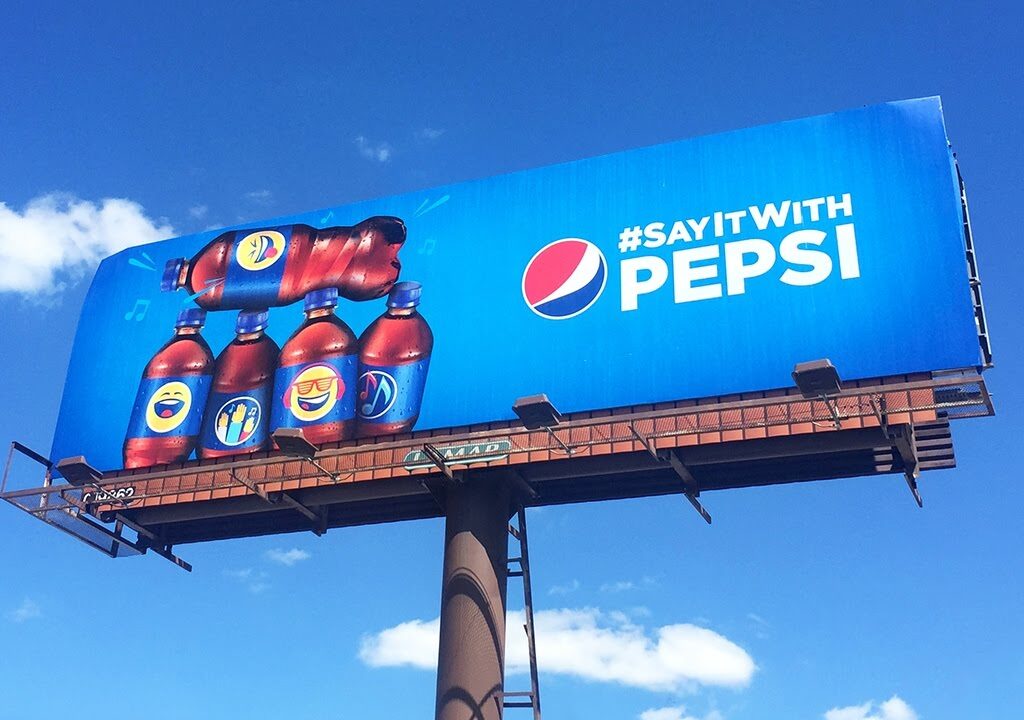

Transit advertising
Transit advertising takes advantage of people’s frequent movement in urban and suburban areas to serve as a dynamic and successful direct marketing method. Businesses can effectively reach a captive and diversified audience during everyday commutes and travels by strategically displaying advertisements on buses, subways, trams and within transportation hubs. Transit advertisements leave a lasting impression and can elicit a quick response from consumers since they are frequently aesthetically appealing and clear in their messaging. Additionally, they permit exact targeting to particular demographics and routes, ensuring the relevance of the message. Transit advertising offers interactive elements and real-time updates thanks to the integration of digital technology, which increases engagement. Because it enables companies to interact with customers in the places where they live, work, and commute, it is a crucial part of comprehensive direct marketing efforts.
Posters and signage
Signage and posters are adaptable and effective elements of a direct marketing plan that should be placed in high-traffic areas in order to engage a targeted audience and provide clear messages. They give businesses an instantaneous and visually appealing way to advertise goods, services, or limited-time deals, whether they are put on display in stores, trade show booths, or event locations. Well-designed signs and posters may provide a strong first impression, making them useful communication tools. Their capacity to engage viewers and compel them to take action is enhanced by clear and persuasive messaging combined with arresting imagery. Posters and signage serve a critical role in generating foot traffic, raising brand awareness, and conveying pertinent information to targeted consumers in particular physical locations. They are essential components of entire direct marketing programmes.

4. Event Marketing
Using live events, experiences, or gatherings to advertise goods, services, or brands is known as event marketing. It enables companies to interact directly and practically with their target market. Trade fairs, conferences, product launches, marketing activations, and cultural festivals are just a few examples of these occasions. Brands may present their products at events, engage with potential customers, and get insightful feedback immediately. It encourages interaction and a sense of community, leaving an emotional impact on all who attend. Event marketing expands its reach outside of the actual location by utilising social media and digital platforms, which increases its impact. Event marketing can increase brand recognition, produce leads, and encourage consumer loyalty when done well, making it an essential part of of a well-rounded marketing strategy.

Trade Shows and Exhibitions
Trade shows and exhibits are part of a venerable yet incredibly powerful traditional marketing strategy, providing firms with crucial platforms to interact with a focused and interested audience within their industry. These occasions give businesses the chance to demonstrate their products in person, build deep relationships with prospective customers, and forge vital alliances. Face-to-face interaction at trade fairs enables relationship-building, in-person product demos, and quick feedback, all of which boost lead generation and brand visibility. Trade exhibitions also give you the chance to stay current on market trends, rivals, and changing customer wants. Trade exhibitions remain essential for firms looking to spur growth, increase their market presence, and obtain industry recognition despite the emergence of internet marketing due to their tactile and interpersonal nature.
Sponsorships
Sponsorships, a longstanding traditional marketing strategy, involve businesses partnering with events, organizations, or individuals to enhance brand visibility and recognition. By providing financial support or resources, sponsors align themselves with events that resonate with their target audience, spanning sports tournaments, cultural festivals, charitable fundraisers, and more. These partnerships not only build trust and enhance brand perception but also offer opportunities for product placement, signage, and promotional activities. Sponsors remain in the spotlight throughout the event, demonstrating their commitment to the community or industry. Despite the digital marketing landscape’s evolution, sponsorships persist as a reliable means of creating brand awareness, establishing credibility, and fostering goodwill, solidifying their place in traditional marketing strategies.

5. Telemarketing
In order to engage potential clients, telemarketing uses direct and interactive telephone communication. Through a persuasive one-on-one encounter, this strategy enables organisations to send individuals personalised marketing messages. Inbound calls to targeted leads or consumers are often made as part of telemarketing campaigns, which also include a variety of other goals such as appointment arranging, market research, and sales pitches. Telemarketing is still an important tactic for creating personal contacts, getting feedback, and boosting sales despite the changing digital landscape. However, it’s essential to carry out telemarketing campaigns in accordance with laws and industry standards, respecting customers’ privacy and choices while providing honest and efficient communication.

cold calling
Cold calling is an aggressive and frequently difficult sales and marketing technique where professionals make unannounced phone calls to potential clients who haven’t previously demonstrated interest in their products or services. Initiating a discussion, introducing goods or services, and possibly securing a sale or appointment are the main goals of cold calling. Although it can be a successful strategy for growing a customer base, it calls on aptitude, resiliency, and the capacity to accept rejection politely. Cold calling has been more efficient and focused in recent years thanks to technological developments and data-driven strategies. Even with changing sales tactics and digital marketing, cold calling is still an effective method for companies looking to contact new prospects and establish meaningful connections.
Hot calling
Warm calling is a tactical sales technique where salespeople get in touch with potential clients who have previously shown an interest in or involvement with the company. These potential customers might have contacted the business by making enquiries, visiting the website, or using social media. Warm calls take advantage of this already-existing relationship to start discussions with a greater chance of success. The contact can be made more relevant and personalised by salespeople by addressing the prospect’s unique interests and demands in their messaging. In comparison to cold calling, this strategy frequently results in more fruitful conversations and greater conversion rates since it builds on a foundation of pre-existing interest in and familiarity with the brand. This strategy is in line with today’s customer-centric focus on relationship-building and value delivery.
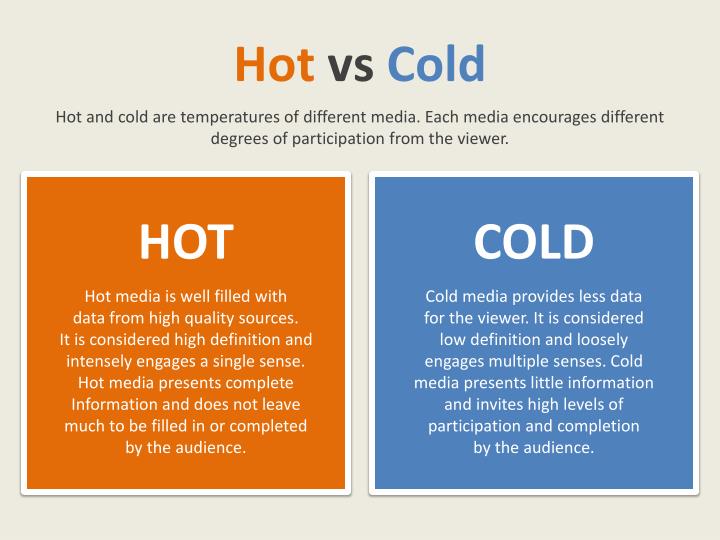
6. Direct Sales
In order to develop direct connections between companies and customers through one-on-one encounters, direct sales is a personalised and dynamic direct marketing method. With the use of techniques like door-to-door sales visits or in-home demonstrations, knowledgeable sales people interact with prospective consumers, enabling customised product or service presentations and addressing particular needs. By allowing customers to ask questions and obtain prompt answers, this strategy promotes relationships and trust. Despite marketing technology advancements, direct sales remains a potent strategy that allows businesses to increase brand loyalty, show the value of their products, and drive sales through interpersonal relationships and direct engagement, making it an important part of a comprehensive marketing strategy.

Door-to-Door Sales:
Door-to-door sales are a direct and individualised marketing tactic in which sales people go to the homes or businesses of potential clients. Face-to-face encounters are made possible by this strategy, allowing salespeople to meet personally with prospects. Representatives often offer and demonstrate products or services during these visits, respond to inquiries, and address potential clients’ concerns. For goods or services that benefit from hands-on demonstrations or where establishing trust via personal encounters is essential, door-to-door sales can be especially successful. Although it has changed along with digital marketing, this approach is still helpful for companies looking to target particular regions, learn more about the market, and build personal connections with potential clients.
In-Person Demonstrations:
Using live presentations and hands-on activities to directly engage potential customers, in-person demos constitute a dynamic and persuasive direct marketing method. This strategy enables organisations to deliver concrete and memorable experiences, allowing customers to interact with products or services up close. It is frequently used at trade exhibitions, retail locations, or specialised events. In-person demos make difficult decision-making processes simpler by displaying special features and benefits, answering queries, and overcoming objections in the moment. They also foster confidence through direct communication. This method continues to be valuable in an increasingly digital age, allowing businesses to make enduring impressions, build consumer confidence, and generate rapid purchases or inquiries. It is particularly beneficial for unique or intricate solutions.
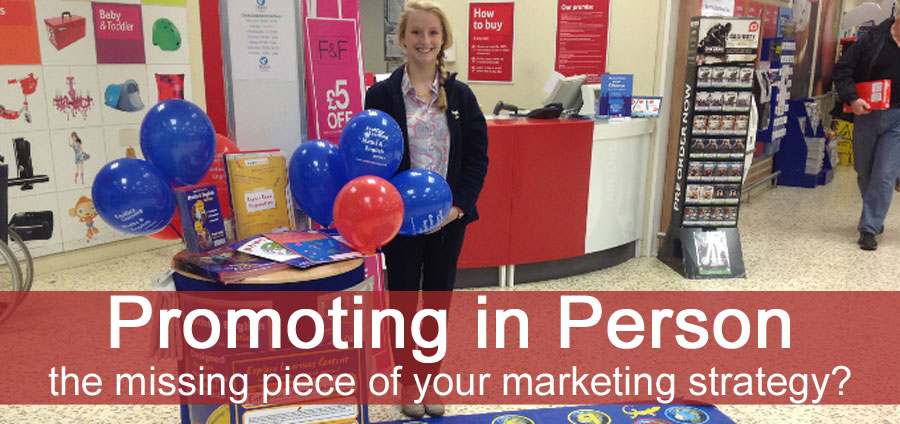
6. Word of Mouth:
Word-of-mouth marketing is a powerful and natural direct marketing tactic that relies on people telling their social networks about the goods, services, or brands they use and what they think of them. It relies on trust and authenticity to thrive, harnessing the influence of individual suggestions and interactions. Customers that are happy with a brand become brand ambassadors and voluntarily tell their friends, family, coworkers, or online communities about it. By providing outstanding client experiences, rewarding recommendations, and actively engaging with their customer base, businesses can encourage word-of-mouth advertising. Word-of-mouth has expanded in the digital age to include online reviews, social media mentions, and influencer collaborations, which has increased its impact. Word-of-mouth marketing is still an effective and powerful tool for companies looking to increase customer loyalty, grow their clientele, and gain from the sincere endorsement of happy clients.
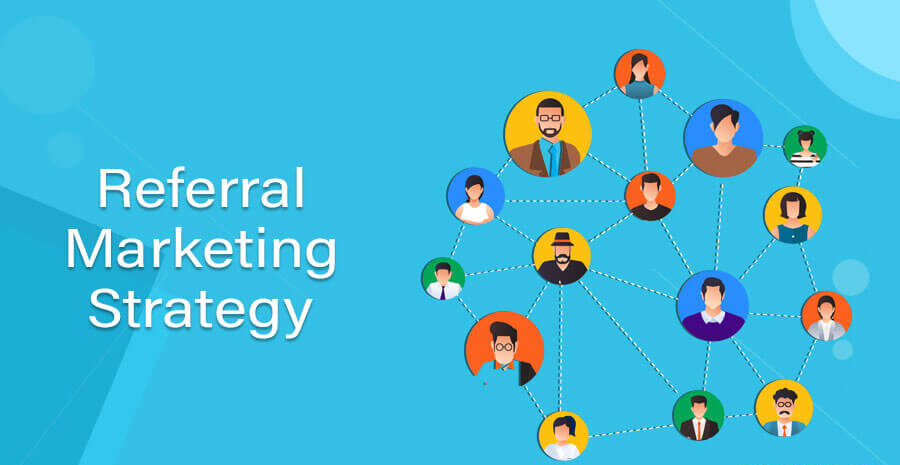
Referral Marketing:
Referral marketing is a pro-active, highly successful direct marketing tactic that uses happy customers as a source of new consumers. Referral marketing makes use of trusted relationships and personal recommendations by encouraging and rewarding current customers to promote friends, family, or acquaintances to a company’s products or services. Companies frequently develop formal referral programmes, rewarding or rewarding consumers who successfully suggest new customers. This tactic makes use of consumers’ innate tendency to believe suggestions from people they know, and it has expanded to incorporate social media and online platforms, expanding its reach and measuring possibilities. Businesses can use referral marketing to promote client acquisition, increase loyalty, and achieve organic growth by building a network of passionate advocates among their customer base.
Customer Reviews and Testimonials:
Customer testimonials and reviews are important parts of a direct marketing approach that draw on the perspectives and experiences of happy customers to increase the credibility and confidence of a company or a product. They give real, first-hand information on the merits, dependability, and benefits of a good or service, straight from those who have used it. Businesses can gain the trust and confidence of potential customers by displaying gratifying reviews and testimonials on websites, social media platforms, or marketing materials. These recommendations provide insightful viewpoints that can affect purchasing choices and increase brand reputation. Negative comments can also be constructively used to pinpoint areas for development and show a dedication to client happiness.

7. Yellow Pages
Whether in print or digital form, Yellow Pages has long been a well-known and successful direct marketing tactic for companies looking for local visibility. It provides a thorough directory where companies can list their goods and services, making them easily accessible to nearby potential clients.
The classification and user-friendly layout make the search process easier and make it quicker for customers to locate particular services or goods. The Yellow Pages continue to be a useful tool for connecting with local audiences, despite the fact that the digital age has moved many marketing initiatives online. Businesses may add engaging descriptions, contact details, and reviews to their listings to give customers a complete picture of what they have to offer. Yellow Pages continues to be a useful and affordable tool for local direct marketing and engaging with clients in the area, especially for small and local businesses.
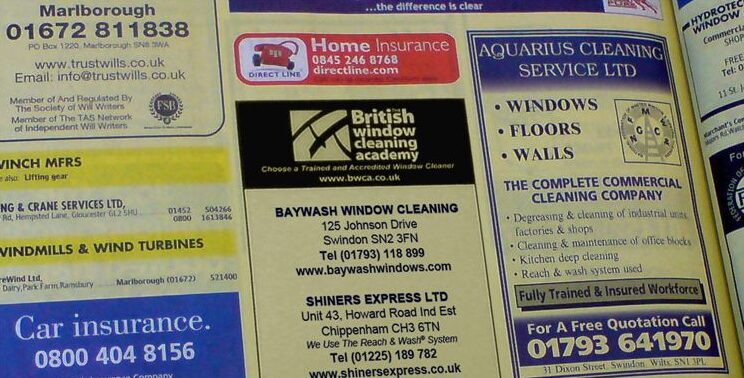

8. Loyalty Programs
A dynamic and customer-centric direct marketing technique, loyalty programmes are geared at building long-lasting connections and recurring business. These programmes encourage loyalty by providing prizes, discounts, or special benefits to customers who frequently interact with a brand, leading to increased spending and advocacy. These programmes’ data collection allows for personalised marketing strategies, allowing offers and recommendations to be tailored to specific customer preferences. Loyalty programmes are essential tools for businesses to stand out in an increasingly competitive market, improve customer happiness, and foster enduring brand loyalty. These programmes are essential for attracting and maintaining a loyal client base, whether through point-based systems, tier-based memberships, or special promotions.

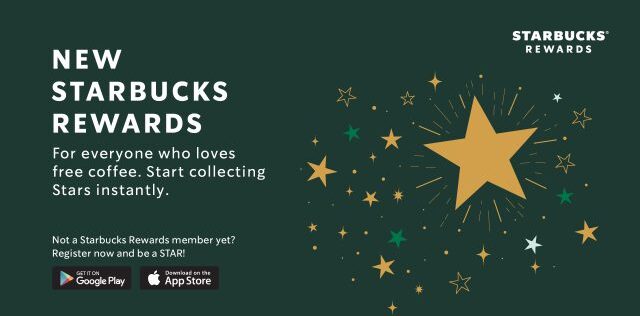
Spending on American Express credit cards entitles cardholders to Membership Rewards points, which can then be used for statement credits, merchandise, or vacation.
Customers can earn stars through Starbucks’ loyalty programme for each transaction they make with a registered card or the Starbucks app. These stars can be redeemed for complimentary beverages and meals.
9. Public relations (PR)
Direct marketing efforts can have a greater impact when linked with public relations (PR), a comprehensive communication strategy. By creating positive relationships with the media, influencers, and the general public, public relations (PR) focuses on developing and managing a positive image and reputation for a brand or corporation. By creating buzz, raising brand awareness, and fostering trust and authenticity, PR operations like press releases, media outreach, and storytelling can support direct marketing initiatives. Positive media coverage and endorsements have a big impact on how consumers feel and what they decide to buy. In the digital age, PR goes beyond traditional media to encompass influencer collaborations, social media management, and content creation, enabling firms to interact directly with their audience. Businesses can build a strong and trustworthy brand presence through the use of PR as a component of their direct marketing strategy, increasing the efficacy of their marketing initiatives.
